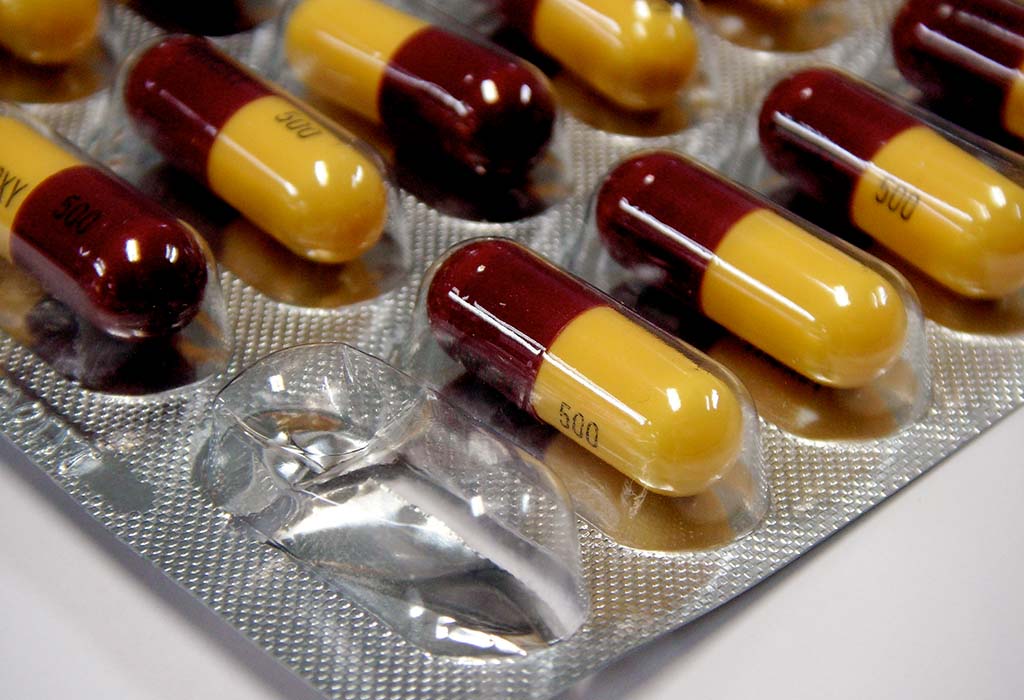What is antibiotic resistance?
Imagine an ear infection that leads to hearing loss, or a kidney infection that causes permanent renal failure. Worse still, imagine taking a loved one to hospital for minor surgery, only to watch them die within days from a range of post-operative infections. This is the stark reality of antibiotic resistance, a world in which infections that are easily treated today become life-threatening.
At one time or another, most of us have taken a course of antibiotics—medications used to prevent and treat bacterial infections. They’ve been a mainstay of modern medicine since the 1930s, and their use has resulted in improved health and increased lifespan, and enabled many of the medical breakthroughs we now take for granted.
However, antibiotics have been used for so long and so widely around the world that many of the infectious organisms they are designed to eliminate have adapted and become resistant to the drugs. All living things evolve over time, but bacteria are experts at it and do it very rapidly; the ones that survive go on to reproduce, increasing resistance to antibiotics. Resistance can occur naturally in many ways, such as through spontaneous mutation or via the transfer of genes between bacteria. However, antibiotic resistance has been helped along by one major factor: human behaviour.
The easy availability and low cost of antibiotics has resulted in their widespread use around the world. They have been overused, misused and underused in human health, animal husbandry and agriculture. This has been the key driver of increased antibiotic resistance globally. The emergence and spread is increasing at a pace that exceeds the pharmaceutical industry’s capacity to develop new antimicrobial drugs.
Australia has one of the highest antibiotic prescribing rates in the world, with around 30 million prescriptions written every year. Half of these are estimated to be unnecessary. Doctors may prescribe antibiotics ‘just in case’, or because they’re not sure exactly what’s wrong, or simply because patients expect to be given medicine. A common misconception by patients is that antibiotics will help cure common ailments such as colds, flu, sore throats and bronchitis. However, these are often caused by viruses, not bacteria, in which case antibiotics make no difference to a person's recovery.

Dr Phillipa Binns, clinical advisor at NPS MedicineWise, said that ‘Every time you take antibiotics you are increasing the chances that next time you use that particular antibiotic, it won't work as effectively … you're also making it more likely that you could get infections that can't be properly treated.’ That’s right, taking just one unnecessary course of antibiotics can contribute to antibiotic resistance.
The misuse of antibiotics is also a problem. This includes not following medical professionals’ instructions correctly, taking inferior medications purchased online or abroad, using the wrong medication after self-diagnosis, consuming antibiotics from a previous script or that belong to someone else, and incorrect dosage or delivery method. Failing to take antibiotics correctly allows more opportunities for bacteria to become resistant.
Our reliance on antibiotics goes beyond ourselves and our own medication. Antibiotics are also widely used in the animal industry and in agriculture, further compounding the problem.
You might think ‘that’s interesting, but it doesn’t affect me. I’m fit and healthy and I rarely take and medicine’. But you’re not off the hook. Antibiotic resistance can affect any person, of any age or fitness level, in any country. The reason? It’s not the individual who becomes resistant to antimicrobial medication, rather, resistance is a property of the micro-organism, and almost every species of bacteria has acquired some resistance and become less responsive to antibiotic treatment since the 1940s.
If you are unlucky enough to catch an antibiotic-resistant infection, you:
- will have the infection for longer
- will require longer courses of expensive medication
- may be more likely to have serious complications from the infection or even be killed by it
- could remain infectious for longer, and pass your infection to other people, which increases the problem.
Some experts have warned that antibiotic resistance threatens to take us back to the pre-antibiotic era, but actually it’s worse than that. This will be a post-antibiotic era, where the germs are more resilient and replacement antibiotics are rare. Imagine a simple cut or graze obtained in the garden, at the beach or on the sporting field that becomes infected and life threatening. Or pneumonia once again becoming a mass killer. Many of the medical advances we currently take for granted such as surgery, organ transplants and neonatal care―all of which rely on antibiotics to control infection―would be much riskier, if not impossible.
This is not a future scenario, but one that is happening right now.
While a global issue, there are small things you can do that will make a difference. You can:
- wash your hands correctly with soap—yes soap, not antibacterial hand wash, which several studies have linked to increasing resistance—and warm water for at least 20 seconds
- get vaccinated, and keep your vaccinations up to date
- only take antibiotic drugs when directed by a health professional and always ask if they are really necessary
- follow the directions closely and never share medications with others
- try to avoid close contact with sick people to prevent the transmission of bacterial and viral infections
- ensure good hygiene at all times.
Awareness of antibiotic resistance—its causes and potential outcomes—is the first step to helping solve this important issue.





